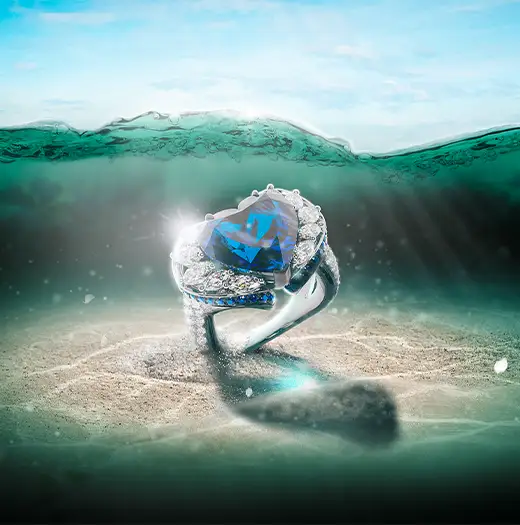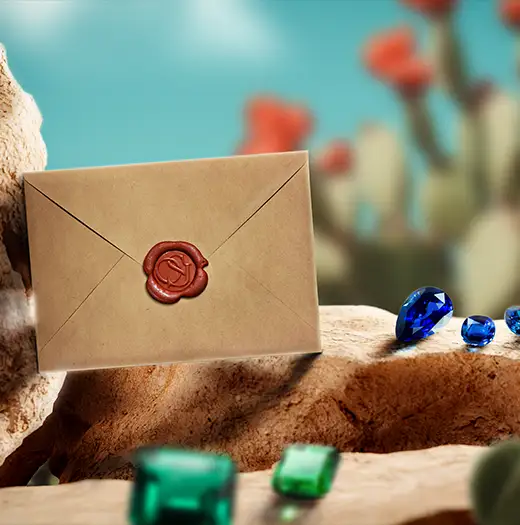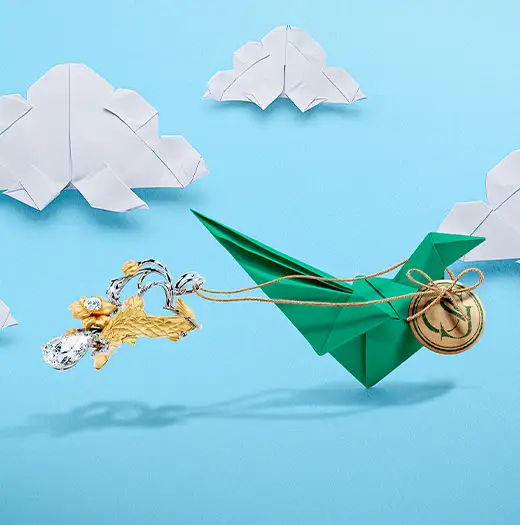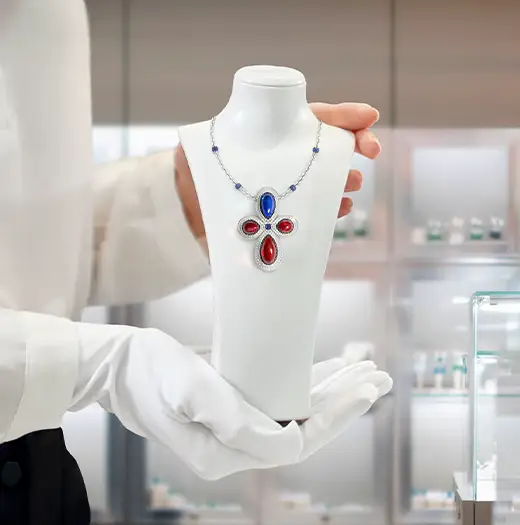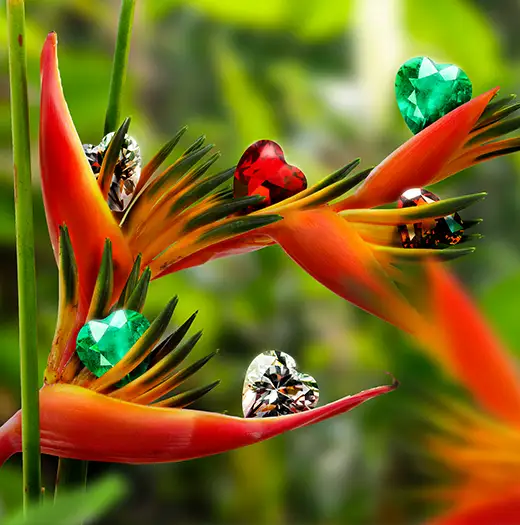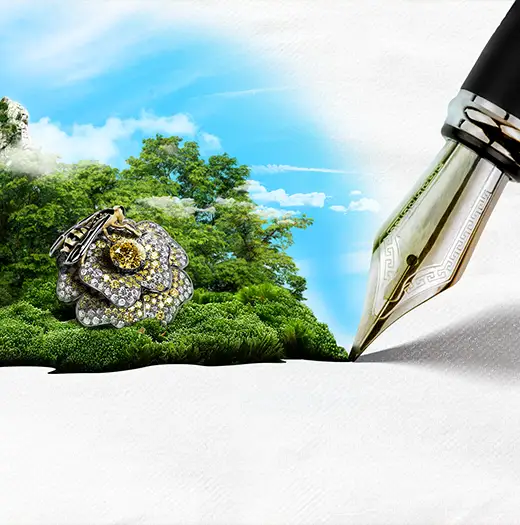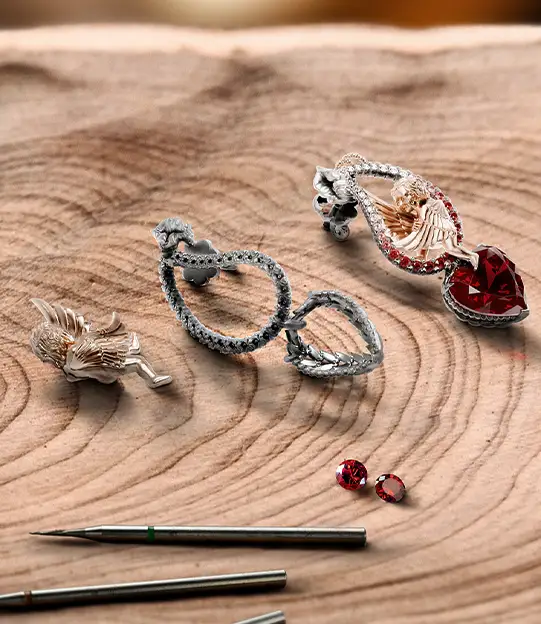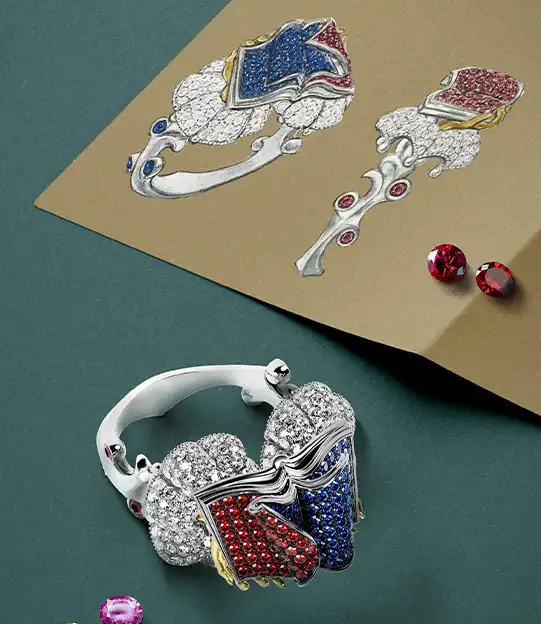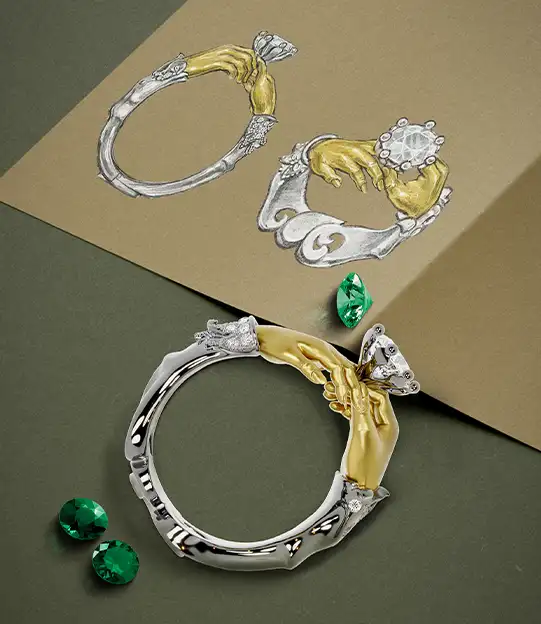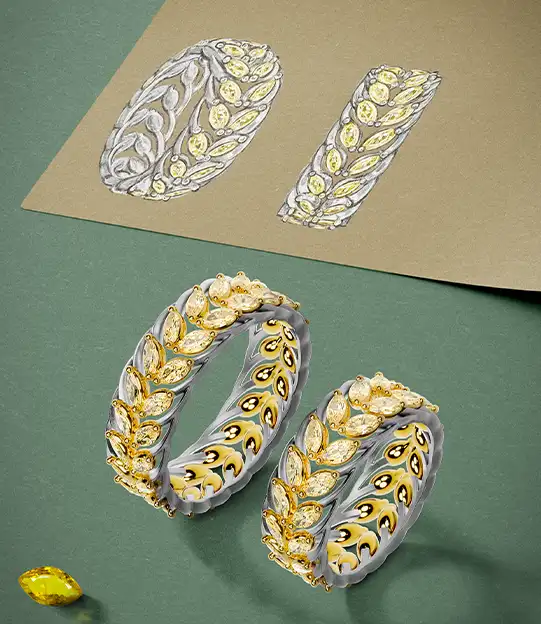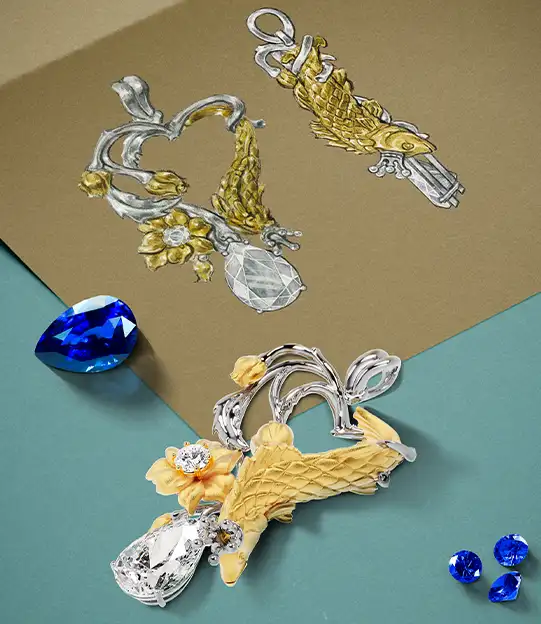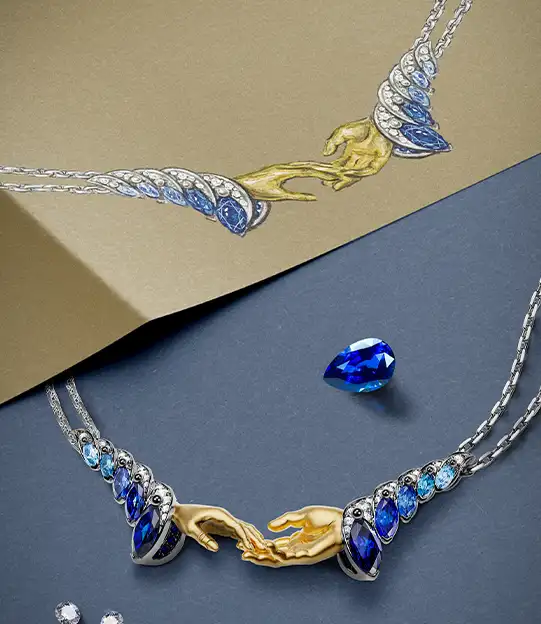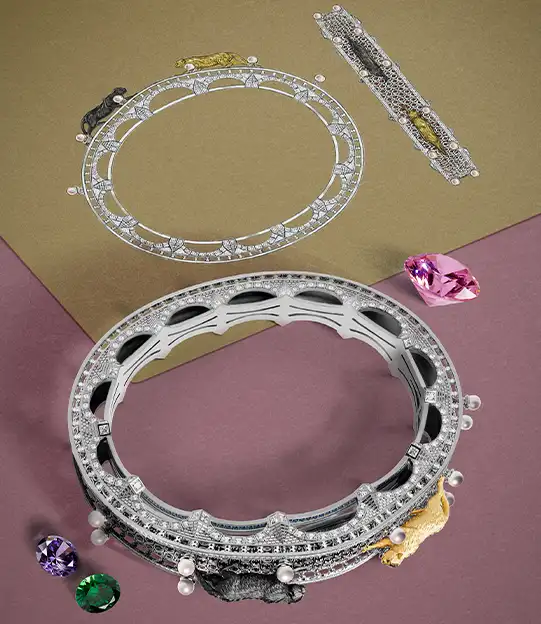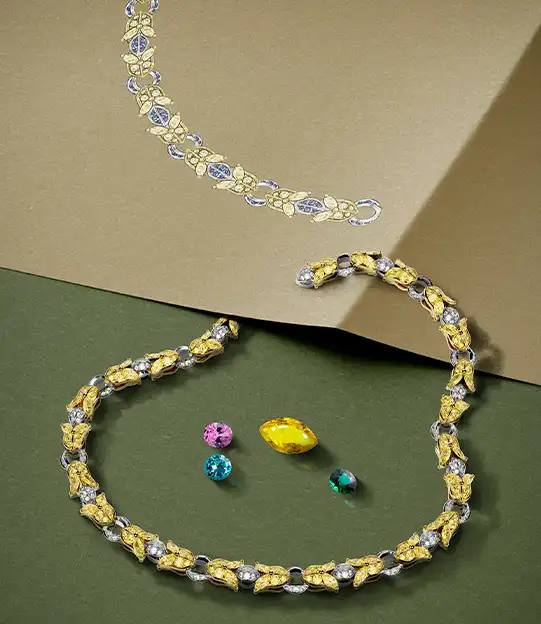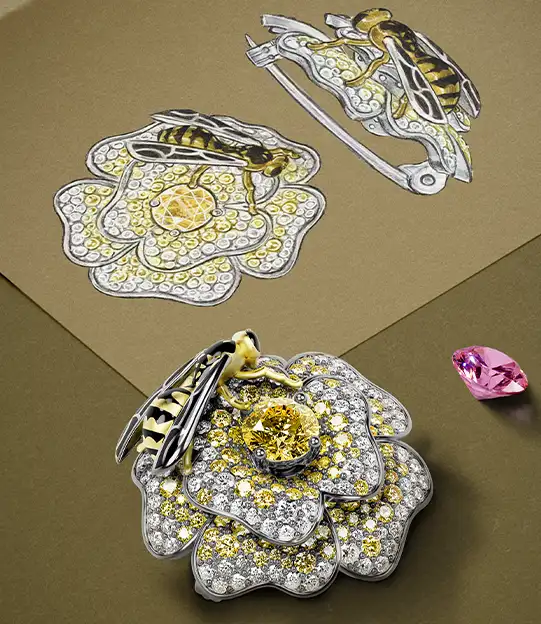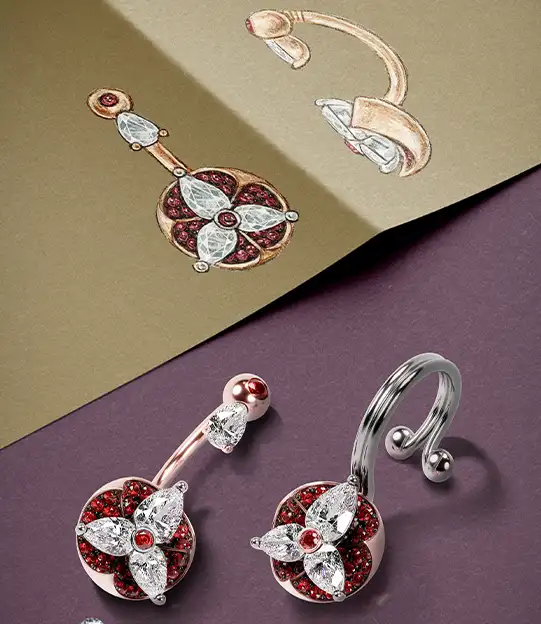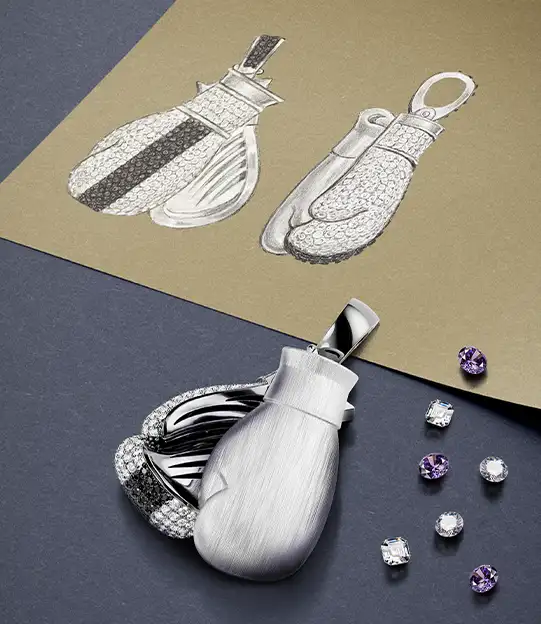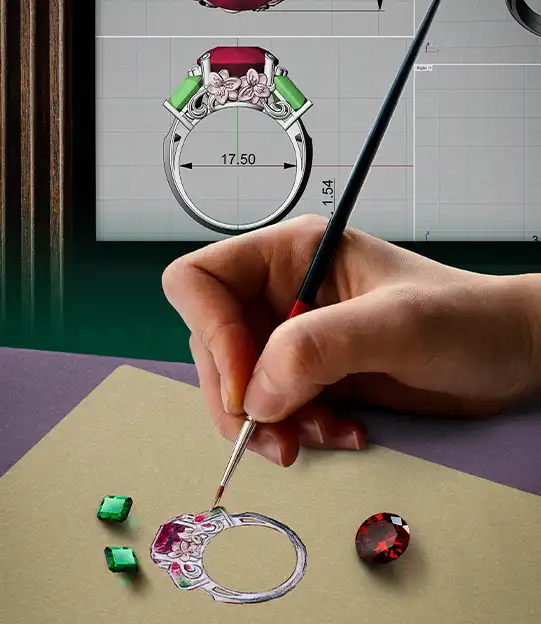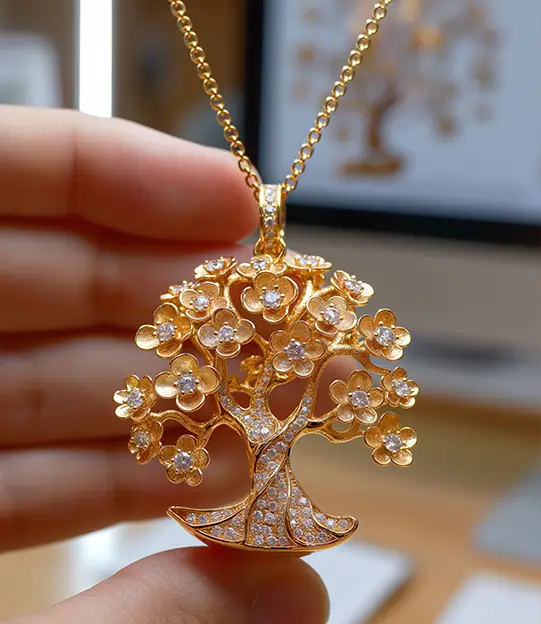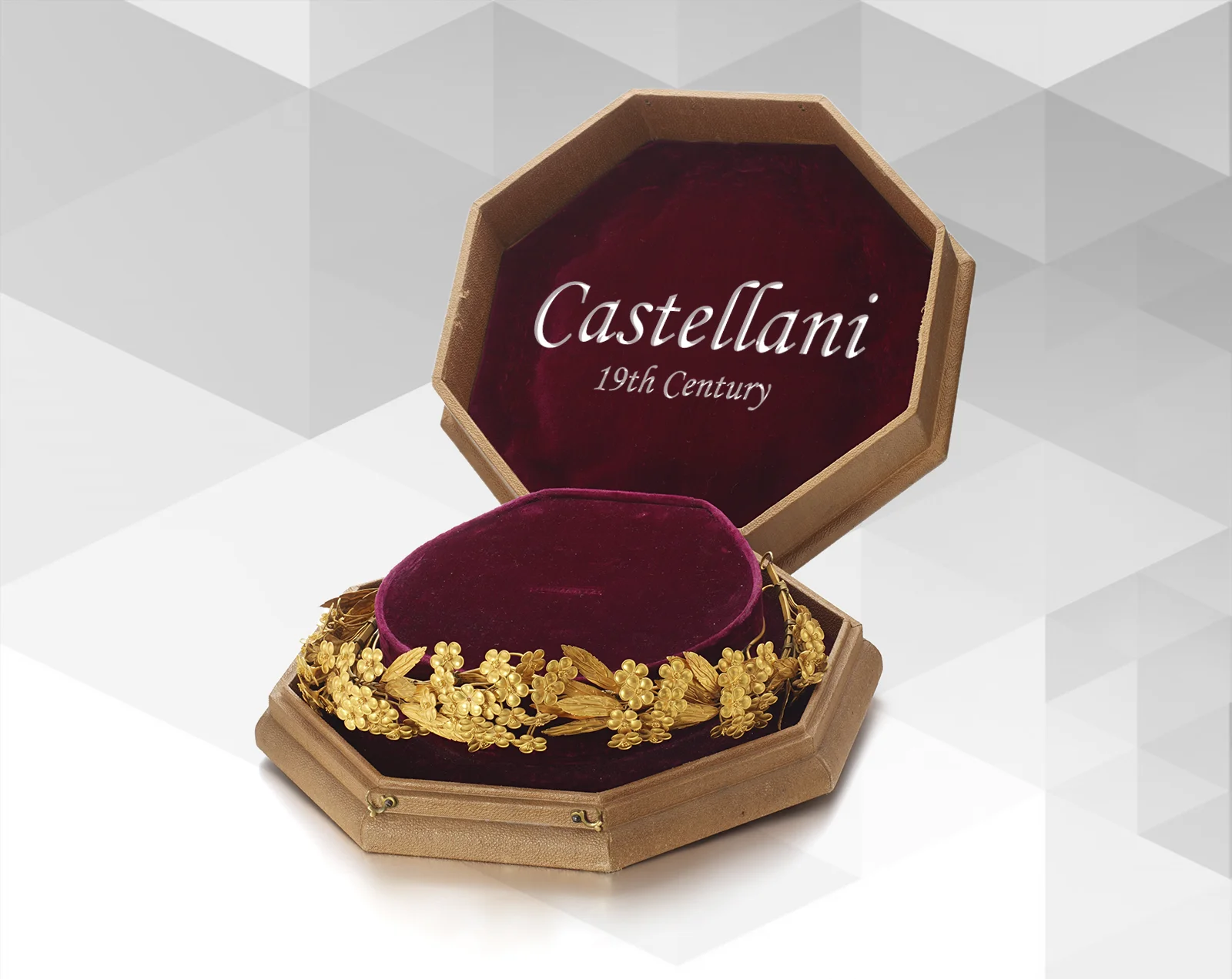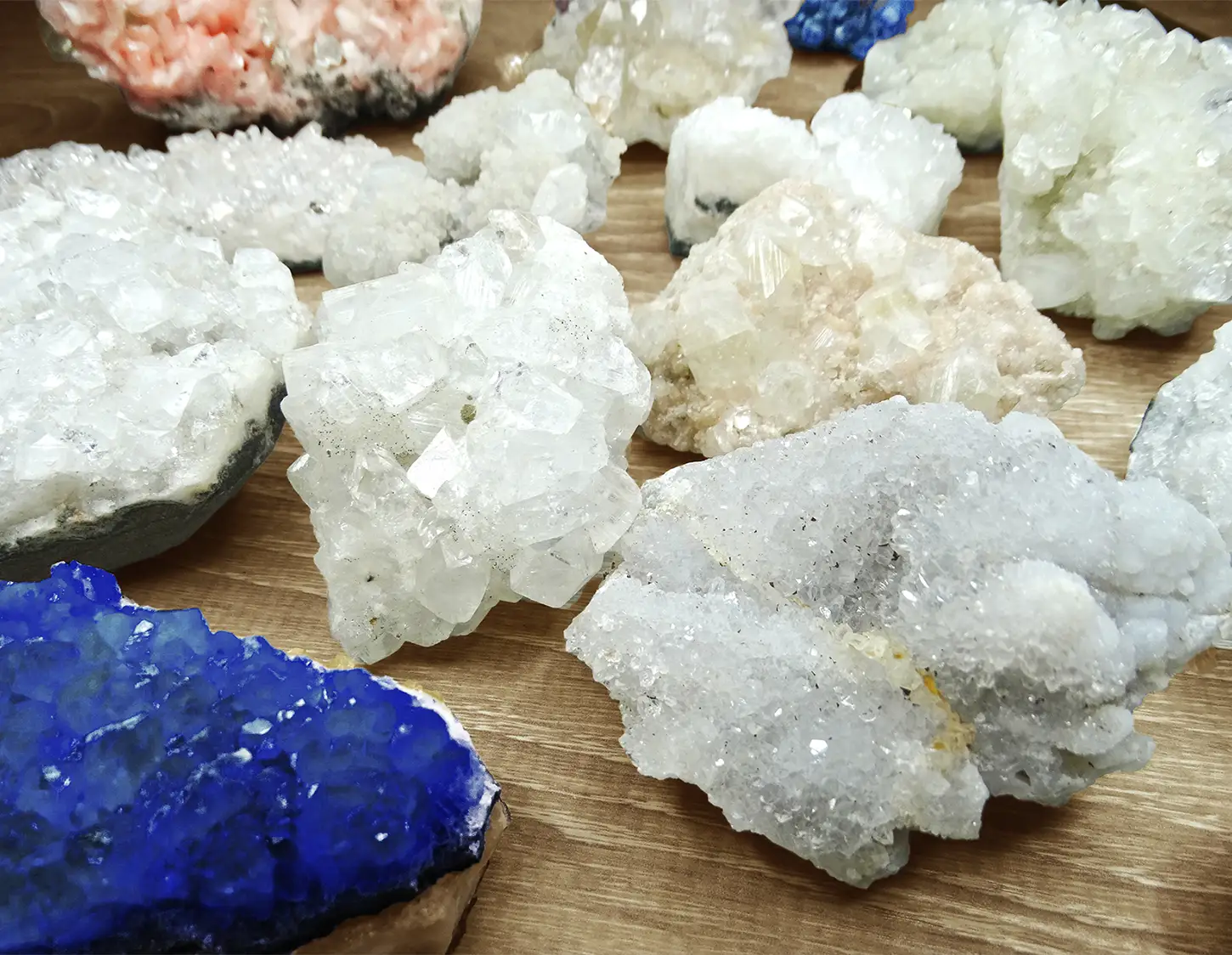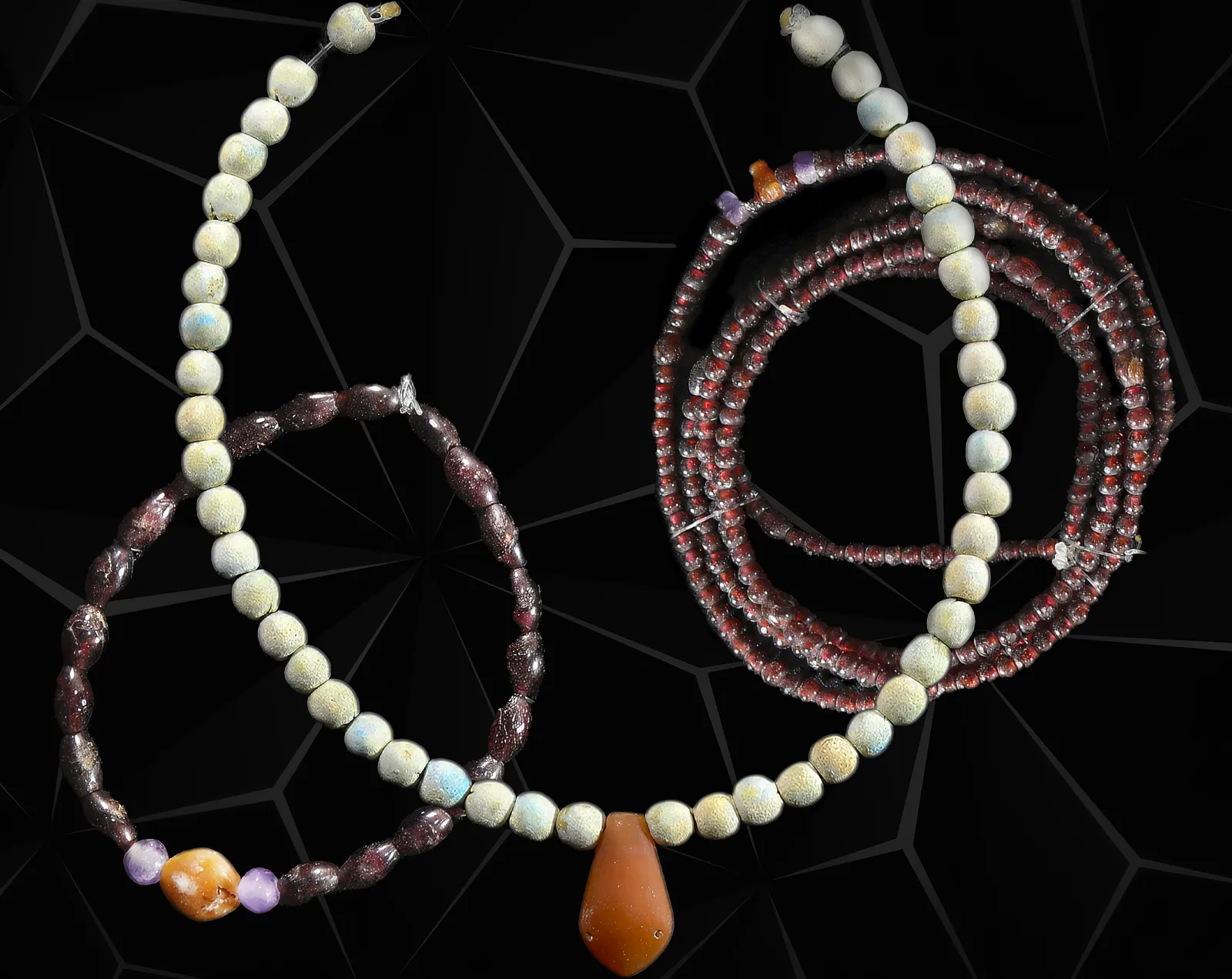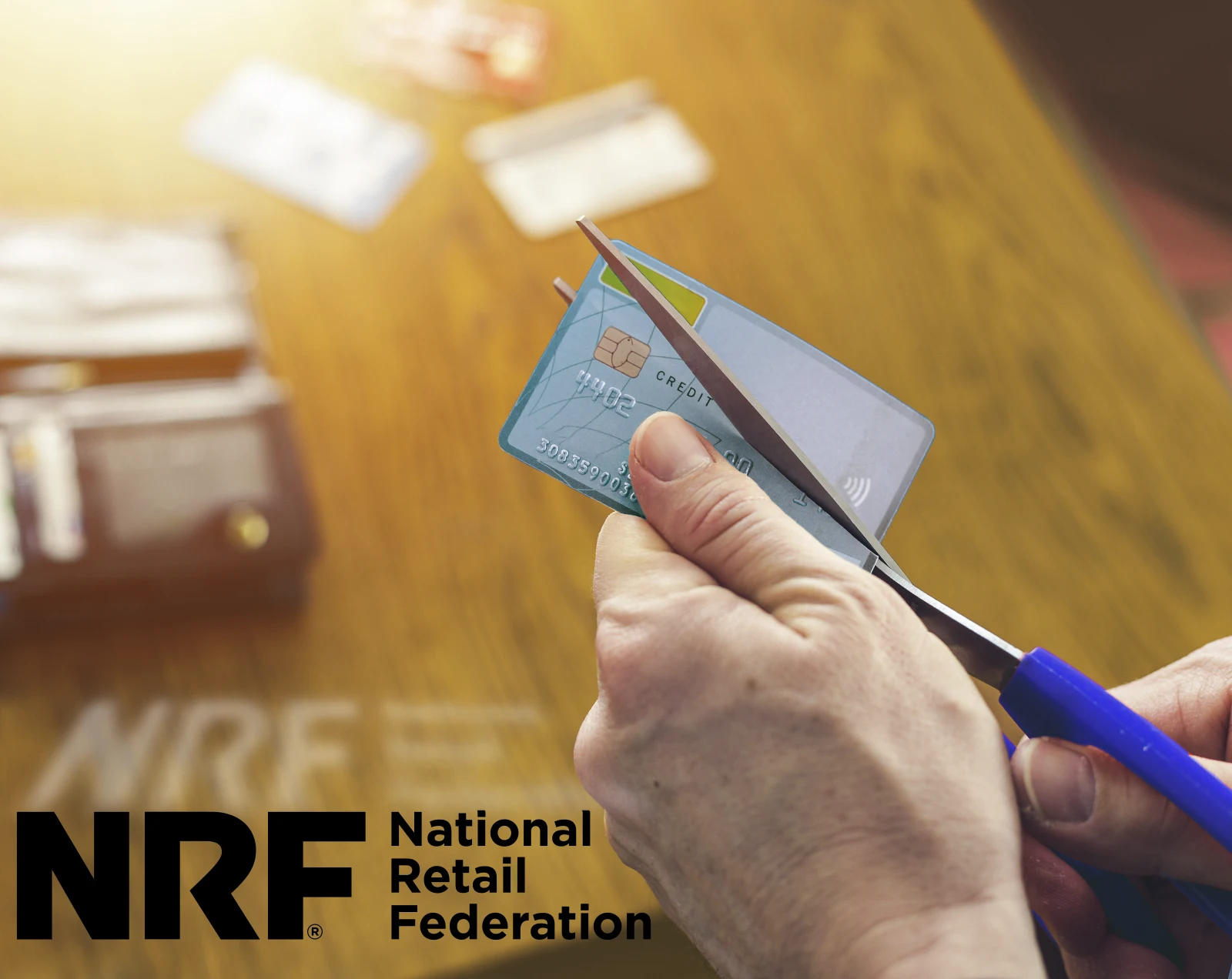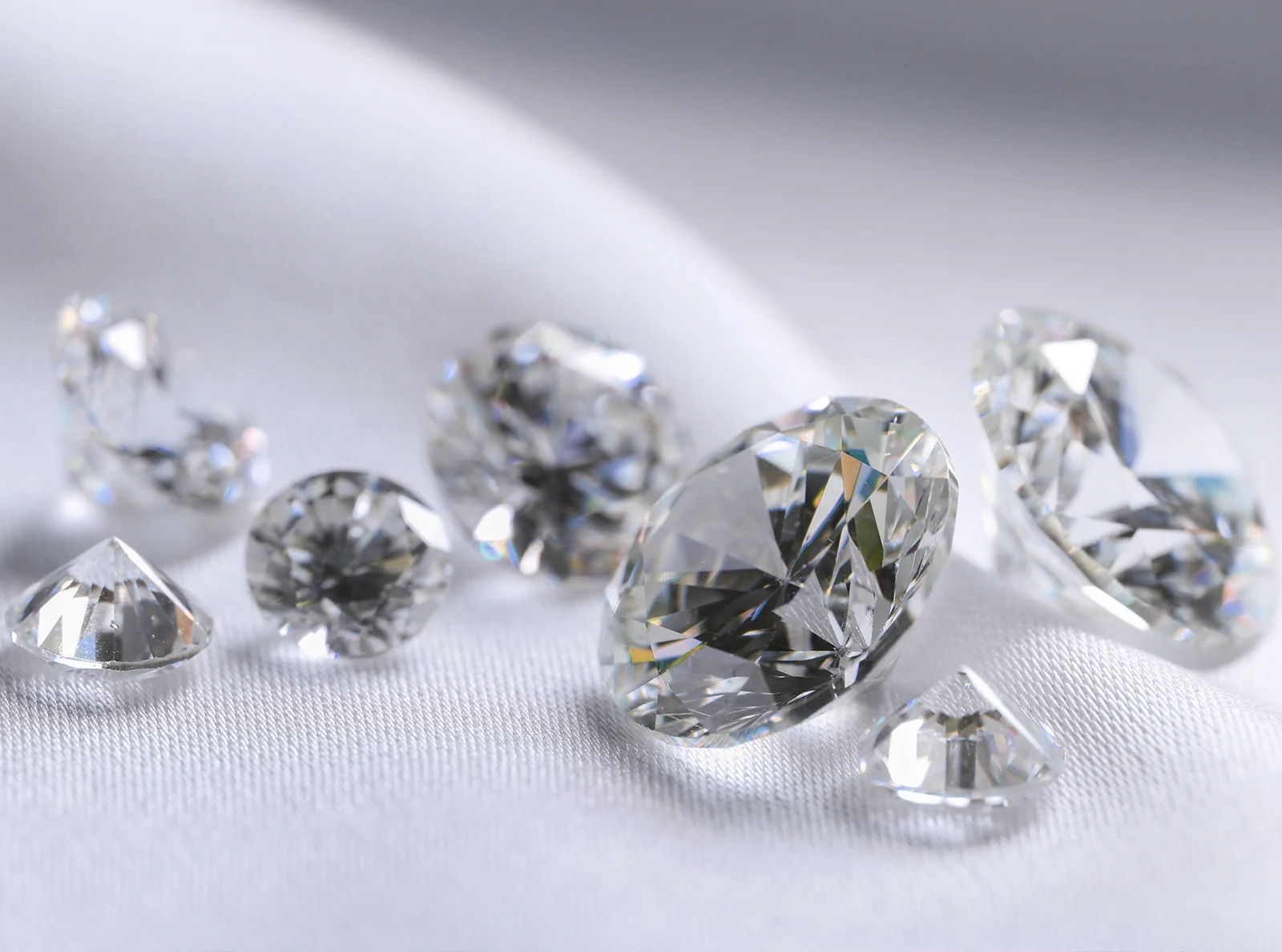The World Jewellery Confederation’s Congress in Shanghai, China (November 2-4, 2024) has outlined current diamond terminology and transparency issues in the jewelry industry.
Raluca Anghel, one of the plenary participants from the NDC, talked about the difficulties consumers face when trying to differentiate between lab-grown and natural stones. Because many buyers cannot discern the differences, they can conceive purchasing decisions without proper information.
Ms. Anghel urged disclosure as a matter of transparency, citing the big cost difference between natural and lab diamonds. Without proper insight, consumers may unknowingly buy products that do not meet their expectations or values.
She has cited Diamond Blue Book as one of the most helpful informational tools for jewelry businesses. It’s a guide on the appropriate use of “artificial diamonds,” “laboratory-grown stones,” “laboratory-created stones,” and other industry terms used to foster transparency and uniformity throughout the trade.

Lab-Grown Yellow Diamond and Natural Clear Diamonds.
The NDC helps brands and designers create correctly termed content. Naturally, the council intervenes when improper disclosures are detected. It reports ill-phrased jewelry terminology to various authorities to protect the interests of consumers.
The NDC registered a complaint against Skydiamond, stating that the company was using phrases such as “real diamond” to describe lab-grown products in the UK. As a result, Skydiamond’s adverts were banned by the Advertising Standards Authority for misrepresenting such gems.
The organization also reported one Indian company because of an improper advertisement that referred to lab-grown diamonds as ‘green diamonds‘. This kind of wording can confuse consumers as to the origin of the stones. Other examples of misleading phrasings are “created” or “sustainably created,” as well as “world-positive” diamonds.
Ms. Anghel cautioned against the use of such promotional phrases that can be considered deceptive without proper context and may violate industry guidelines. She also drew attention to social media hashtag vagueness, where these approximated phrases get reposted and shared as misinformation.
A third example of terminology misuse was detected in the advertisement of Agape Diamonds, a company that offered free jewelry pieces but failed to mention the stones used. Due to the breach of disclosure, the NDC had to step in to avoid consumer confusion.
Lily James discovers Canada’s Northwest Territories. Video from the Only Natural Diamonds channel.
The NDC showed a video with a spokesperson Lily James that explained how mining helps Canadian communities. Speakers also presented a report titled Diamond Facts that will allow brands to educate their customers about natural stones and explain how they differ from artificial ones.
By doing this, CIBJO and NDC hope that the integrity of the jewelry industry as a whole can be raised to a high standard. Using the right words and full transparency should be treated not just as a legal obligation, but as a solid foundation for building and maintaining consumer trust.

